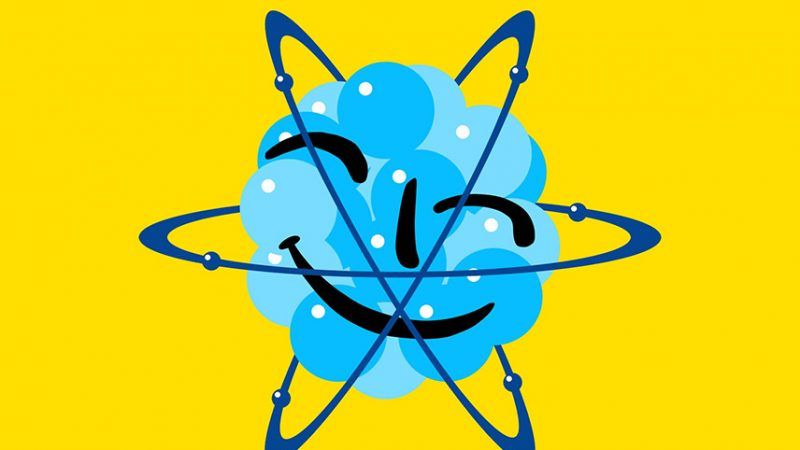The Rise of Atomic Humanism

"Only nuclear can lift all humans out of poverty while saving the natural environment," Michael Shellenberger said in his keynote address at the June meeting of the American Nuclear Society. "Nothing else—not coal, not solar, not geo-engineering—can do that." This, he declared, is one of the first principles of "atomic humanism."
Shellenberger is the founder of the green group Environmental Progress, which argues that the best tool for fighting climate change is the no-carbon power generated by nuclear reactors. His speech offered a tour through the sorry history of the environmentalist movement's falsehoods and exaggerations about the technology.
It begins with Ralph Nader, who started training activists on how to stop new nuclear plants in the 1960s. ("A nuclear plant could wipe out Cleveland," Nader once declared, "and the survivors would envy the dead.")
The Sierra Club soon jumped in. In his speech, Shellenberger quoted a secret 1974 memo from then–Executive Director Michael McCloskey: "Our campaign stressing the hazards of nuclear power will supply a rationale for increasing regulation…and add to the cost of the industry." The strategy worked to perfection.
And what was their alternative to nuclear? Nader argued that we didn't need it because we "have a far greater amount of fossil fuels in this country than we're owning up to…the tar sands…oil out of shale…methane in coal beds." In 1976, Gov. Jerry Brown (D–Calif.) advocated for the construction of a coal-fired plant in place of the proposed Sundesert nuclear power station.
We've paid the price. According to Shellenberger, California's carbon dioxide emissions are now 2.5 times higher than they would have been had the planned nuclear plants been allowed to go forward. Meanwhile, nearly 2 million people die annually as a result of pollution from fossil fuel power generation, making it almost 2,000 times more dangerous than nuclear power.
Worst of all, many prominent environmentalists actually worried that nuclear power would lead to overpopulation. "It'd be little short of disastrous for us to discover a source of cheap, clean, and abundant energy because of what we would do with it," Rocky Mountain Institute founder Amory Lovins said in 1977. When Martin Litton, the Sierra Club member who launched a campaign in the mid-1960s to kill the Diablo Canyon nuclear power plant in California, was asked if he worried about nuclear accidents, he reportedly replied, "No, in fact, I really didn't care because there are too many people in the world anyway."
Atomic humanism sounds a lot better than that.
This article originally appeared in print under the headline "The Rise of Atomic Humanism."


Show Comments (9)